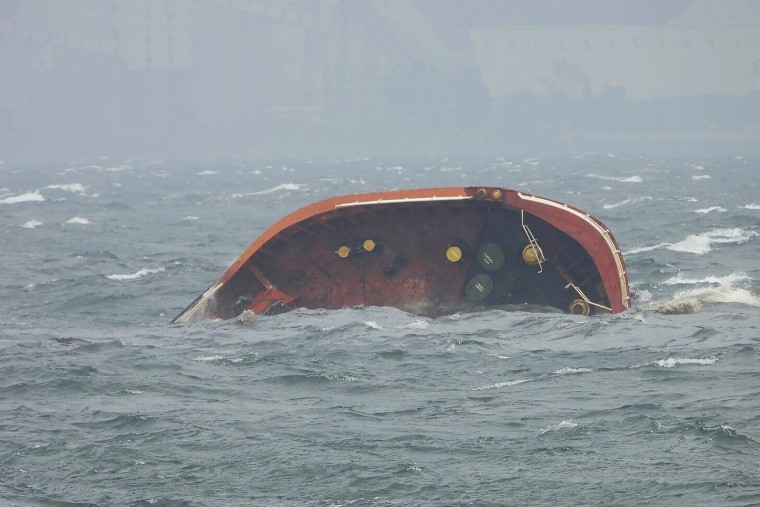Race against time to clear oil spill in Philippines as Typhoon Gaemi wreaks havoc in Asia
The sinking came as heavy monsoon rains worsened by Typhoon Gaemi flooded Manila, grounding flights, shuttering schools and offices, and setting off landslides.
At least 34 people were killed, including 11 in the Manila metropolitan area, The Associated Press reported. More than 1 million people have been displaced, according to data from the country’s disaster agency.
Gaemi has also wreaked havoc elsewhere the region.
In Taiwan, at least seven people have been killed and almost 800 people were injured, water supplies have been knocked out for more than 160,000 households, Taiwan’s Central News Agency reported. On Thursday, another cargo tanker sank off the coast of Taiwan with nine crew members on board; three have been rescued and six remain missing.
The typhoon moved northward toward mainland China, making landfall in the southeast Chinese province of Jiangxi on Thursday, affecting more than 600,000 people in Fujian, according to the state media CCTV. No casualties have been reported and forecasters predicted the typhoon is expected to weaken as it moves further inland.
Back in the Philippines, Balilo said the tanker had sunk at a shallow depth of just over 110 feet.
He added that the oil from the cargo hold can be extracted quickly, as long as it doesn’t burst.
Three ships for containment have been deployed, the coast guard said, aiming to finish the extraction in a week. Dispersants to collect the already spilled oil have been laid out in the affected area.

“It’s very much in shallow water. People can dive, which means that they can attach a pipe onto the ship and actually siphon off the oil as long as the weather is good,” Pattiaratchi, the professor, said.
And officials are aware of what’s at cost here.
The Philippines’ last major oil spill, from the MT Princess Empress, was carrying much less fuel and sank off the coast of a provincial island south of Manila in February last year. The spill took three months to contain and caused enormous damage to the coral reefs and mangroves in the area, affecting thousands of fisherman and beach resorts.
At the time, the U.S. Navy and Japan extended support for cleanup and rehabilitation efforts.
“The longer the oil is down in the bottom, the bigger your risk is,” Pattiaratchi said.





